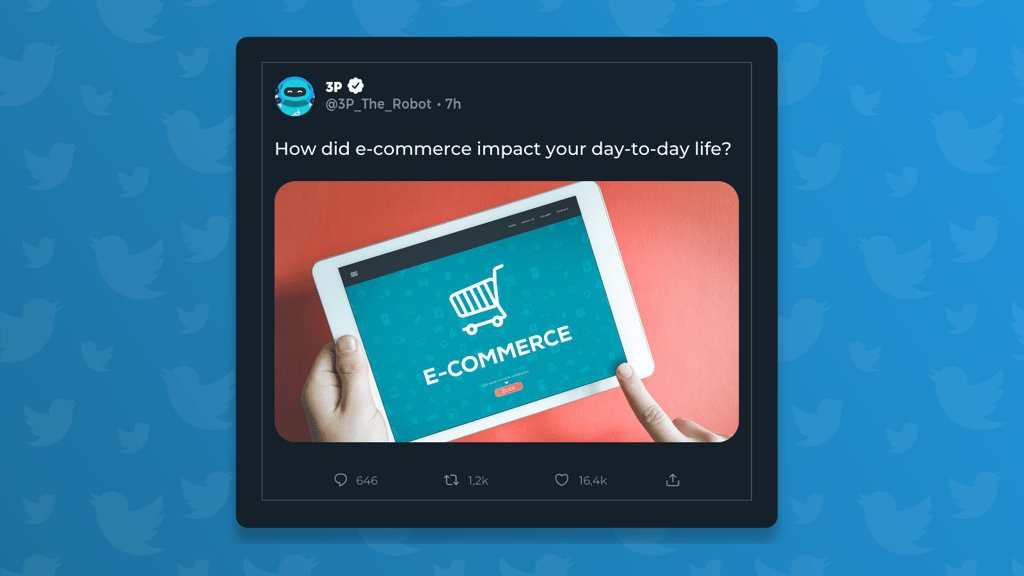Shopping has drastically changed throughout the decades. As technology progressed, the way consumers buy products became more convenient. Electronic commerce or e-commerce paved the way for people to purchase products or services in just a few clicks.
It looks like there is no need to spend months and money looking for potential spaces for your store. All you have to do is use the internet and the software tools to get your online store running, especially when Christmas is coming soon!
The COVID-19 pandemic forever changed the world of commerce. A study from Digital Commerce 360 showed that 36% of consumers purchase weekly online since the start of the pandemic, compared to 28% pre-pandemic. Another data showed that 29% shop more online than in person, and 35% of the respondents do online and in-store shopping evenly.
Even though this type of commerce is quickly growing, so does the competition. Research shows that 53% of the world’s population uses the internet. It creates more opportunities for your business to grow and stand out online.
We will discuss how Lori, the chief marketing officer (CMO) of Technical Global (our fictitious company), enhanced her marketing strategy in this holiday season with the help of e-commerce.
It all began when Lori wanted to make customers closer to Technical Global by having an e-commerce page. She wanted to ensure that they have a fast and simple transaction. However, she wanted to know the basic tools first.
Luckily, Professor 3P was there to teach her the basics of e-commerce before she brought her company’s online store to life. In his lesson, she understood the importance of e-commerce and realized how it increased the return of investment (ROI) long-term.
Before strategizing your e-commerce goals, let 3P teach you the types and tools of e-commerce. His lecture with you begins now.
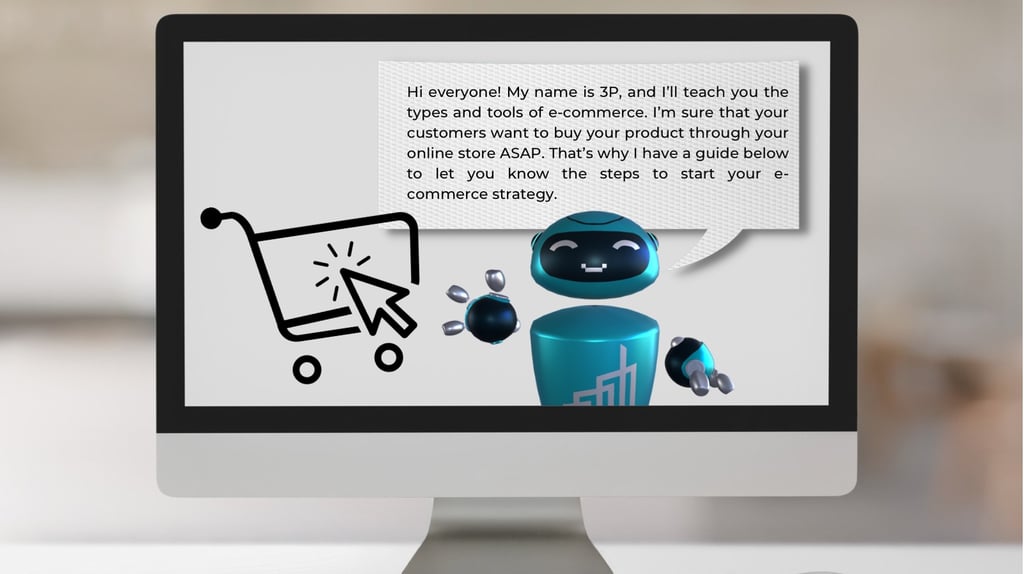
Business to Consumer (B2C)
This type of e-commerce usually happens when your company sells products to customers online. It means when a business markets its items or services to individuals.
For example, your company’s target market caters to buyers who shop for your catered product. When you sell your brand to online shoppers, this action is considered B2C e-commerce.
Business to Business (B2B)
It means when your company sells to another business online. B2B commerce happens when a business purchases services online from another company.
Consumer to Consumer (C2C)
This type of e-commerce means when someone without an established business sells their products to another customer on online platforms like Shopee and Lazada. If someone who does not own a business sold a second-hand item online, it shows the transaction between consumer to consumer.
Consumer to Business (C2B)
Did you know that customers can also sell their products or services to businesses? Yes, it is possible to do that! One example is when a consumer owns a blog that is relevant to your business, you can pay that customer to promote your products– not only through blog posts but also videos and podcasts.
Government E-Commerce
E-Commerce in government organizations happens when someone pays for taxes, fees, and other public services online. Another type of transaction is when a business provides services or products to government agencies.
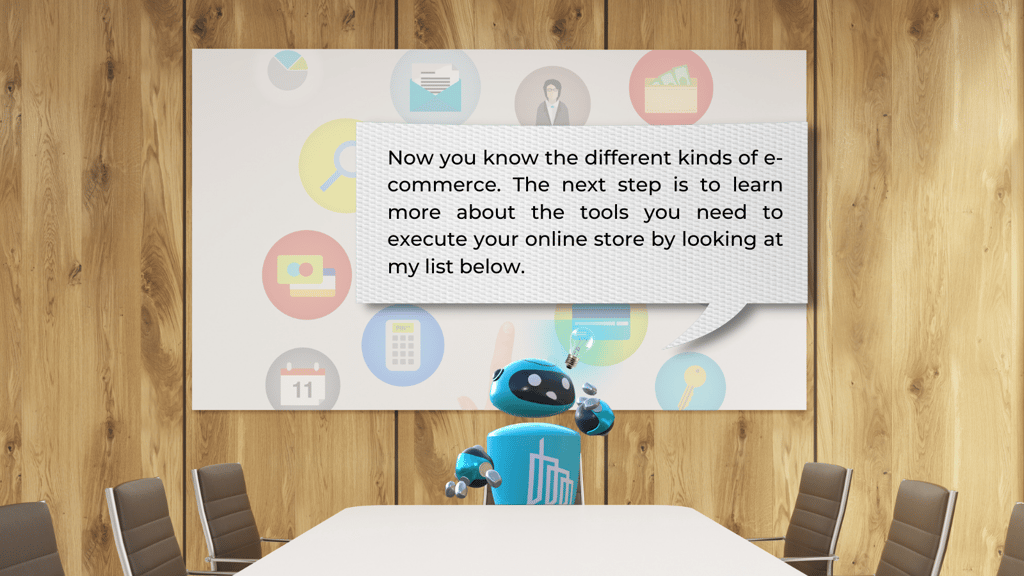
Website
Of course, e-commerce is incomplete without a website. Having a polished site gives your consumers a simple, personalized, and memorable purchase.
Setting up a secured website is a challenge because it takes the tasks and tools to make your brand’s page stand out. One thing your site needs is a domain name and a search engine-friendly URL.
The featured content that describes your services and products should be eye-catching, clear, and engaging. It must show the complete information that they are searching for.
The domain name of your website is the web address. It is what your customers type to get into your site. Having a custom domain name is a must to get your website to have easy access.
Another crucial thing you must follow is making your website mobile-friendly. According to Statista, around half of website visitors come from mobile devices. Whenever visitors encounter a dull and glitchy site on their smartphones, Think With Google revealed that 62% are less likely to purchase that brand again.
You also have to make the website work fast. An article from Neil Patel showed that 47% of users arrive expecting the results to pop out in less than two seconds. If it exceeds three, then they will leave and are less likely to return.
Making your purchase process complicated will make your audience confused. All you have to do is make your webpage and buying process easy and direct.
.png?width=1024&name=image%20(2).png)
“Add-to-cart”
A crucial tool you need for your e-commerce site is shopping cart software. This link will let your users add their pics into their basket before looking at the total with a shipping fee. It leads the customer to the checkout, where they will make their purchase.
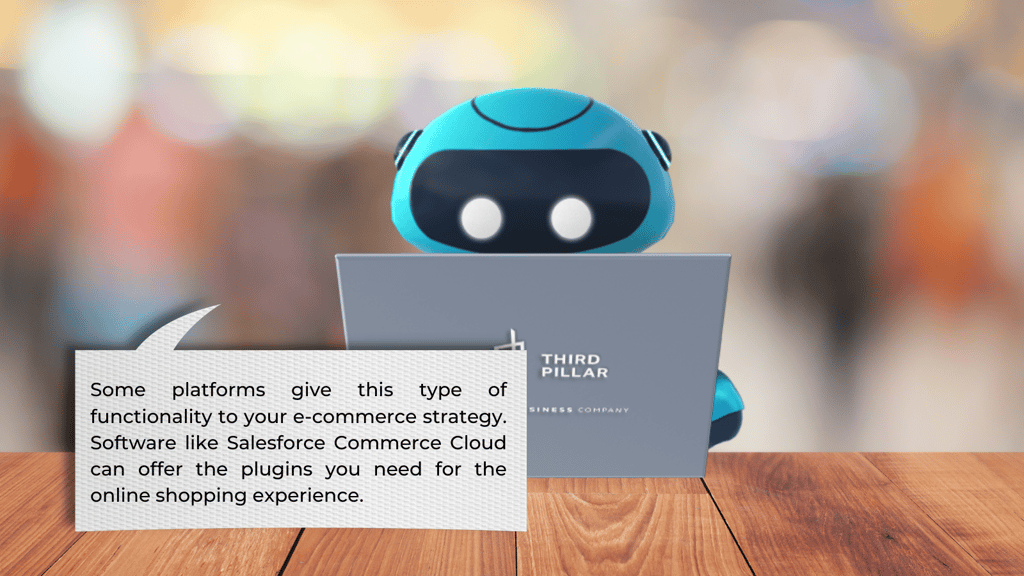
In Appexchange, you can browse for apps like Venue eCommerce that integrate a shopping cart into your online store.
Payment method
You have to know the right gateway to process the purchases of your customers. If you’re a WordPress user, you can use PayPal and Stripe.
Your website must have a payment page where your customers can pay via PayPal, credit/debit card, or any other methods. The difference between PayPal and Stripe is that Stripe lets your customer pay through a card from your site while PayPal transfers your customer to a specific payment page.
Another payment service you can use is PayMongo. This platform is a payment gateway that allows you to accept secured online payments through card, e-wallets like GCash and Paymaya, and over-the-counter.
Shipping process
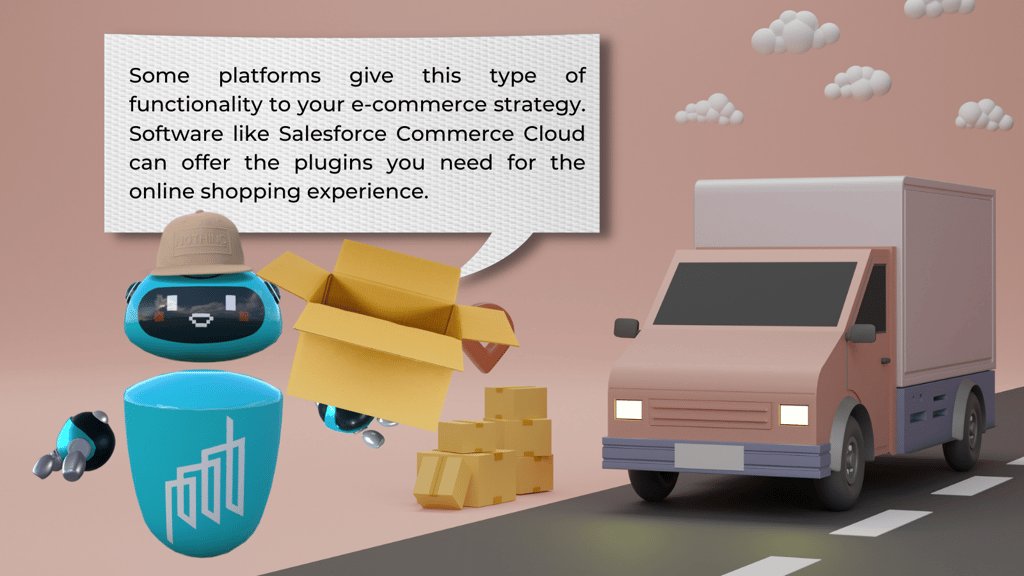
To avoid this hassle, you can have a dropshipping business model or invest in logistics services. Shipping services work by letting your suppliers ship your products to a fulfillment center, then ready to be packed and shipped out to your customers. This process lessens the burden of you and your employees doing less urgent tasks.
You can also use a dropshipping business model. Dropshipping is a method where you don’t have to keep your products in stock. If you sell a product using this model, it purchases the item from a third party, and it goes straight to the customer. Overall, you don’t have to be in charge of the product.
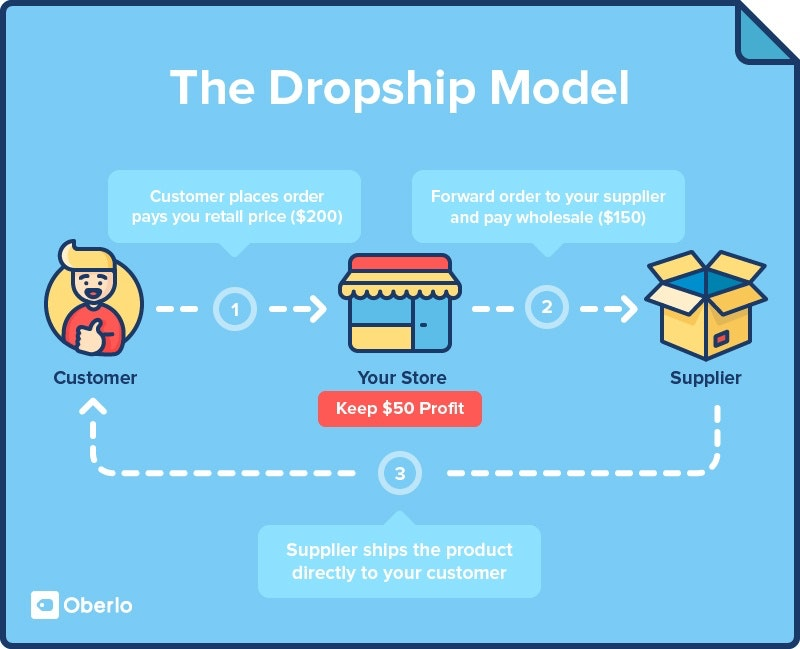
Marketing
To expand your online presence, you should start creating a marketing strategy to gain more customers. For example, you can use social media to become closer to your customers.
One of the essential parts of social media is when your customers feature your product. If someone is talking about your brand on Facebook or Instagram, their friends or followers are most likely to be curious about your products.
You also have to know the basics of search engine optimization (SEO) and search engine marketing (SEM). SEO has a long process but a more cost-effective approach. On the other hand, SEM is a paid solution to get your website to appear on the top part of the search engine based on relevancy.
A short-term approach you can also try is influencer marketing. It is when your business reaches out to an influencer with a lot of social media followers. The user can promote your products through their posts.
Content Management
It looks like you do not need any programming skills to establish your website. All you have to do is utilize a Content Management System (CMS).
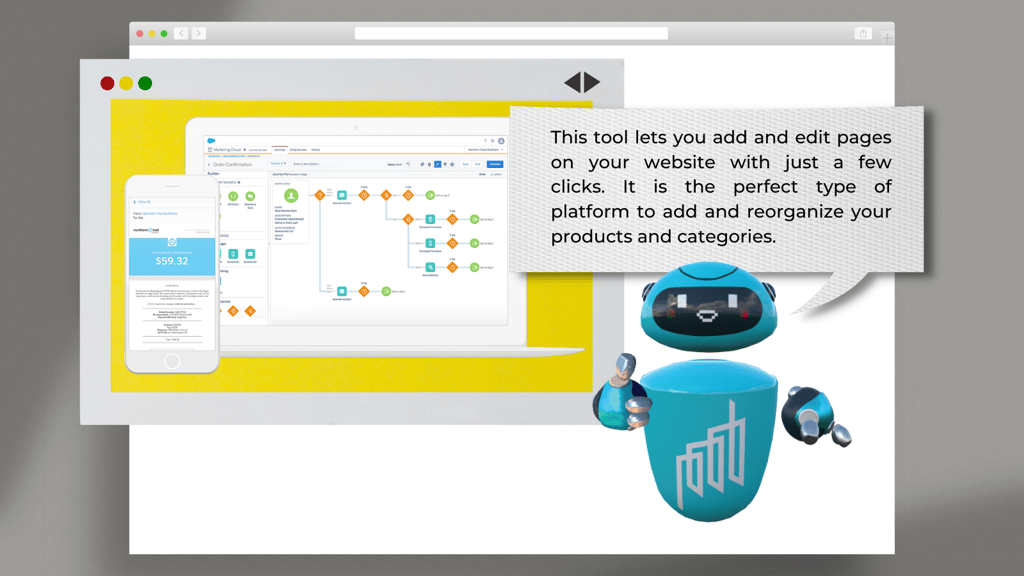
I will mention how Lori was able to enhance her company’s e-commerce strategy with Commerce Cloud. After connecting this platform to her business, she noticed its simplicity to enhance her customers’ online shopping experience.
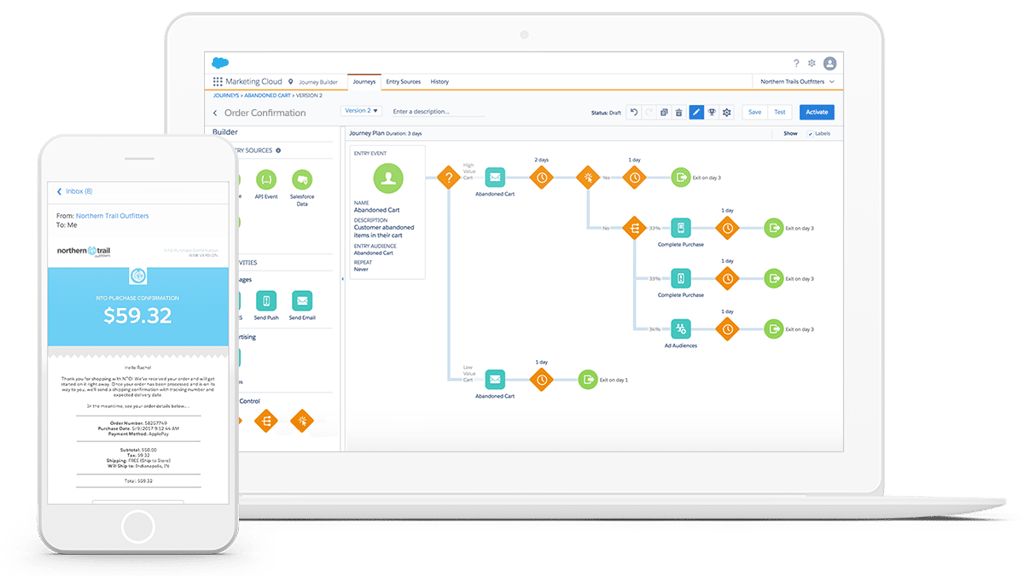
She realized that her marketing department quickly built, managed content and created personalized experiences for users. With just a few clicks, she can create new projects, develop content, publish blog articles, emails, social media posts, and many more. Even her teams can easily engage with customers ASAP and, at the same time, reach various channels.
Lori noticed the improvement in the marketing strategy for the e-commerce part on the website. The AI feature helped her team raise cart sizes and increased average order value due to product recommendations backed by Salesforce Einstein’s tech.
E-commerce tools like the ones mentioned above show the importance of bringing your shop into the online world. It may sound hard at first, but it will be worth it in the long run. Overall, your customers still deserve to have a shopping experience in the safety of their homes.
Your business doesn’t have to start the e-commerce journey alone. Here at Third Pillar, we guarantee that you will receive Commerce Cloud from the world’s #1 CRM platform, Salesforce.
Start knowing more about our solutions by messaging us here, and we will bring your business to the digital world.
